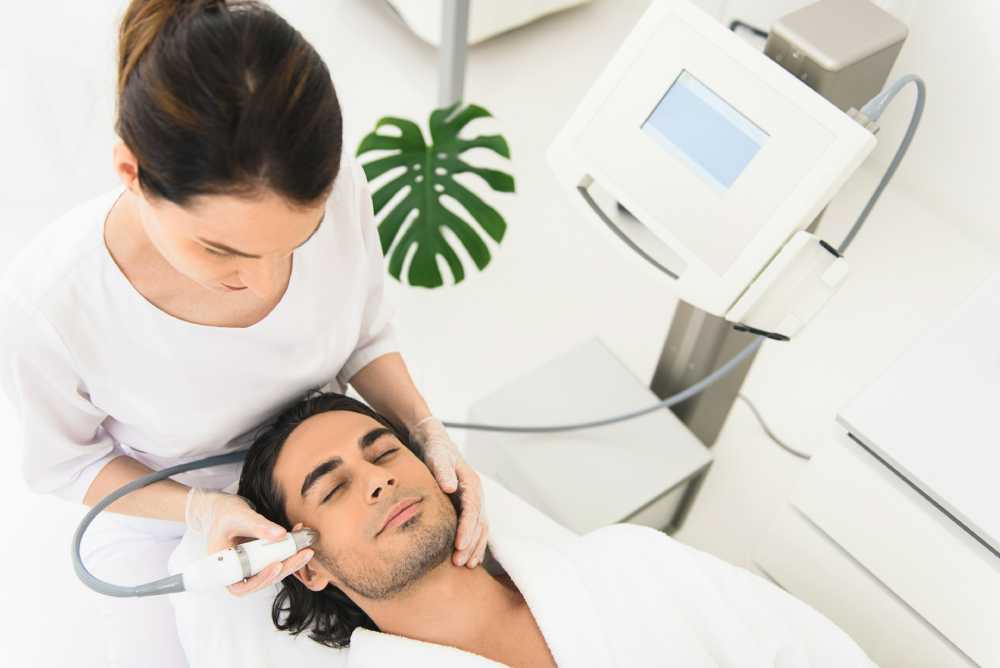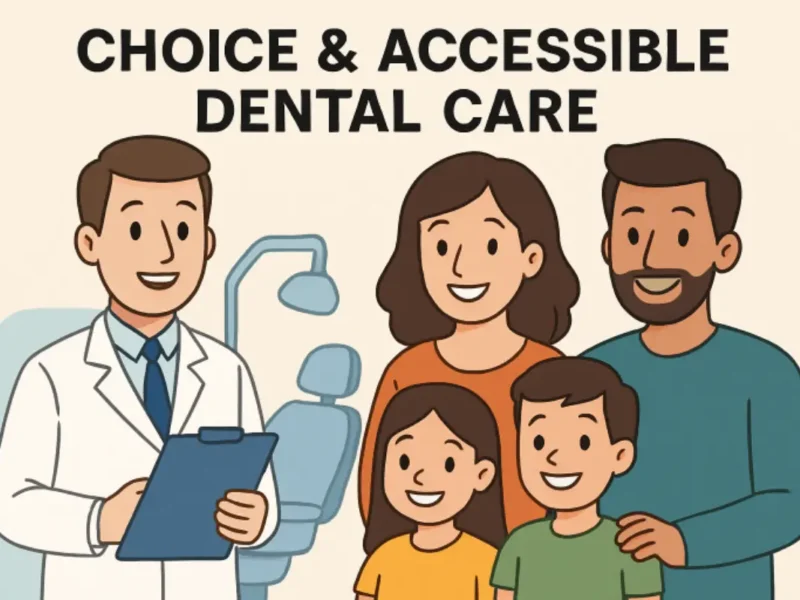Skin tightening procedures have significantly evolved from invasive surgeries to non-invasive solutions requiring little to no downtime. The demand for skin tightening treatments has surged in recent years, largely due to advancements in technology and their effectiveness.
Non-invasive treatments provide a promising alternative to traditional surgical methods, offering results without the associated risks and recovery time.
A range of non-invasive skin tightening techniques catered to various skin types and ailments are available today. They include radiofrequency and ultrasound procedures in addition to laser treatments.
The purpose of these techniques is to increase the creation of collagen, which is necessary to preserve the firmness and suppleness of the skin. A better understanding of these possibilities enables people to choose their cosmetic procedures and goals with greater knowledge.
Contents
Laser Treatments
Laser therapy is now the foundation of noninvasive cosmetic surgeries. These procedures stimulate collagen and improve skin suppleness by penetrating the deeper layers of the skin with concentrated light. Fractional and CO2 lasers, among others, answer a range of skin issues, from minimizing small wrinkles to enhancing skin texture.
According to recent research, laser treatments can significantly improve skin texture and reduce the appearance of fine lines and wrinkles. One of the advantages of laser treatments is their precision, allowing practitioners to target specific areas without damaging surrounding tissues. This precision makes laser treatments particularly effective for addressing localized skin issues while preserving the integrity of nearby skin.
Radiofrequency (RF) Treatments
Noninvasive radiofrequency (RF) treatments are another common choice. These procedures heat the skin’s deeper layers with energy waves to encourage the synthesis of collagen and elastin.
Collagen fibers contract in the heat, making the skin tighter. Since RF treatments are flexible, they may be tailored to address various skin issues and types.
Research published in medical publications indicates that radiofrequency treatments are low risk and effective. They work well on various skin types and can be used to the face, neck, and belly, among other body regions.
Because of their versatility, radiofrequency treatments are a practical option for people who wish to address multiple areas of concern without enduring multiple operations.
Ultrasound Treatments
Ultrasound treatments stand out in non-invasive skin tightening due to their ability to penetrate deeper into the skin than other methods. These treatments use focused ultrasound energy to stimulate collagen production at multiple levels within the skin. The deep penetration ensures a thorough tightening effect, addressing the skin’s surface and underlying layers.
The treatment is particularly effective for those looking for long-lasting results. Most patients see noticeable improvements within a few months post-procedure.
The penetration depth ensures that collagen is stimulated on the surface and deeper layers, offering more comprehensive tightening effects. This makes ultrasound treatments a viable option for individuals seeking durable and significant improvements in skin firmness.
Benefits of Non-Invasive Procedures
- Minimal recovery time
- Lower risk of complications
- Accessible to a wider range of patients
- Cost-effective compared to surgical options
Procedures for non-invasive skin tightening have many benefits. The short recuperation period is among the most alluring features. These therapies are a viable solution for busy lifestyles because, in contrast to surgical methods, they allow patients to resume their normal activities nearly immediately. This ease of use plays a big role in the growing acceptance of non-invasive procedures.
In addition, the risk of consequences is far lower compared to invasive surgeries. Patients do not need to be concerned about the dangers of anesthesia or surgical wounds. Due to their noninvasive nature, these treatments are available to a wider range of patients, including individuals who might not be good candidates for surgery.
Furthermore, because noninvasive treatments are more affordable while maintaining an acceptable level of effectiveness, they are a desirable alternative for a large number of people.
Potential Side Effects
Even though the adverse effects of non-invasive skin tightening techniques are usually mild, it is important to be informed of potential problems. Common side effects include minor discomfort, transient redness, and swelling.
Recovery from these side effects is usually quite swift and tolerable, as they usually go away in a few hours to a few days.
Adhere to your practitioner’s post-treatment care instructions to reduce side effects. This can entail utilizing recommended skin care products to promote healing and avoiding direct sun exposure. Taking good care of yourself following treatment will help maximize outcomes and reduce any pain you may feel.
The Importance of Professional Consultation
It is crucial to get a comprehensive consultation with a licensed medical practitioner before receiving any skin tightening therapy. This stage guarantees that the technique of choice is compatible with your skin type and targets your particular concerns. A professional consultation enables a customized strategy that maximizes the treatment’s effectiveness and safety.
The practitioner will assess your skin condition during the consultation and discuss your treatment goals. They will also outline the potential benefits and risks associated with the procedure. This personalized approach helps you make a decision that best suits your needs. A clear understanding of what to expect can greatly enhance your satisfaction with the treatment outcomes.



